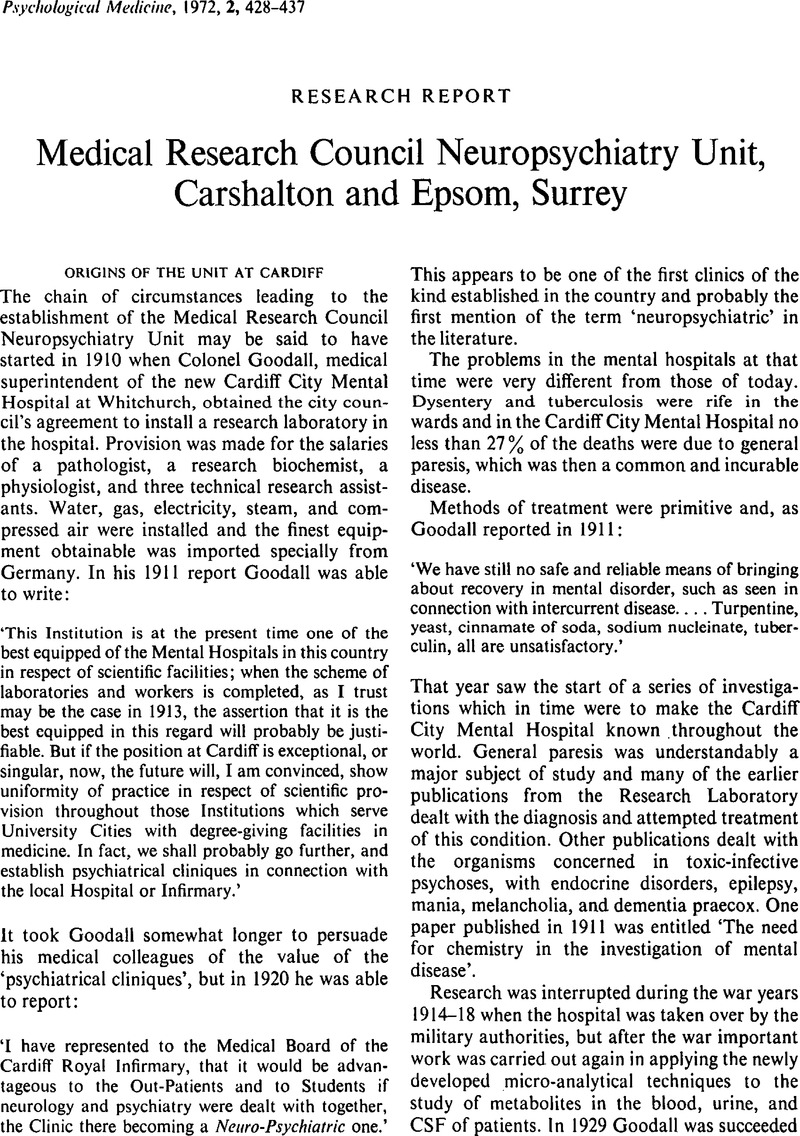Crossref Citations
This article has been cited by the following publications. This list is generated based on data provided by Crossref.
Reynolds, Edward H.
2017.
The origins of the British Neuroscience Association.
Neuroscience,
Vol. 367,
Issue. ,
p.
10.
Reynolds, Edward Henry
2020.
Epilepsy and Neuroscience: Evolution and Interaction.
Frontiers in Neuroanatomy,
Vol. 14,
Issue. ,





